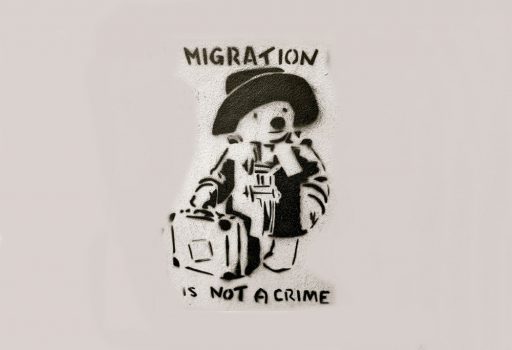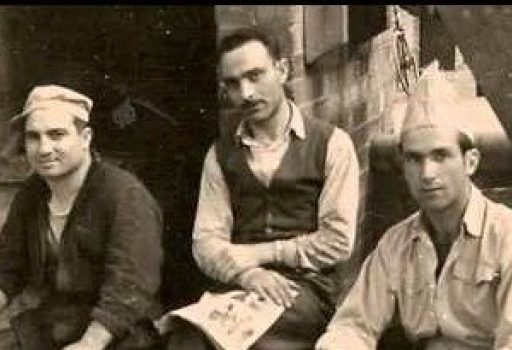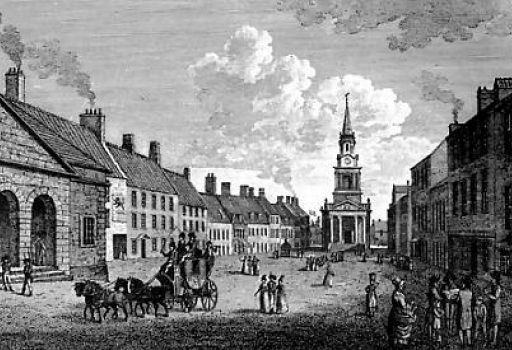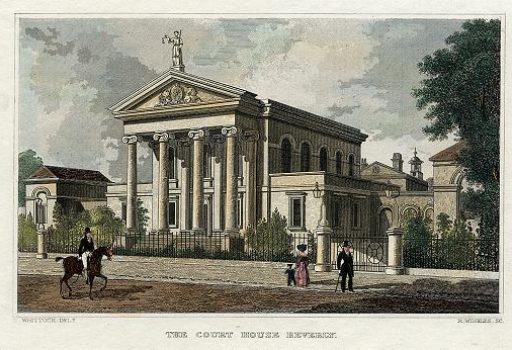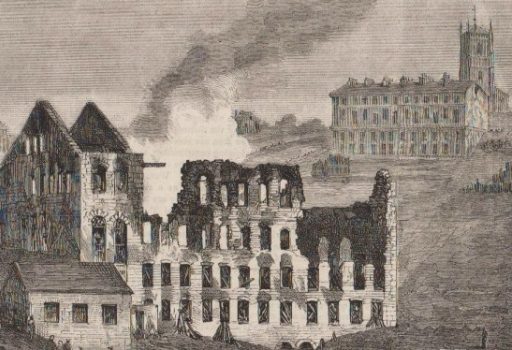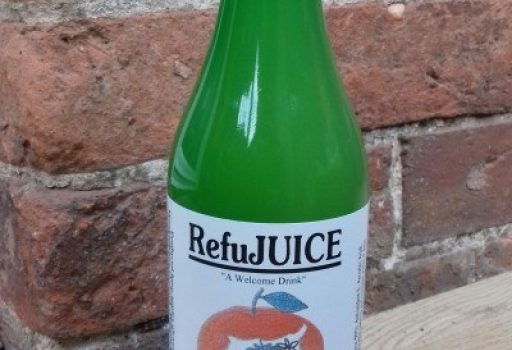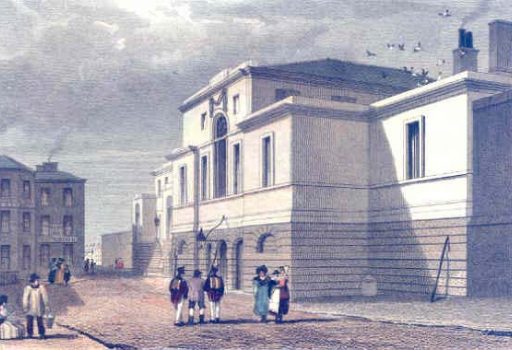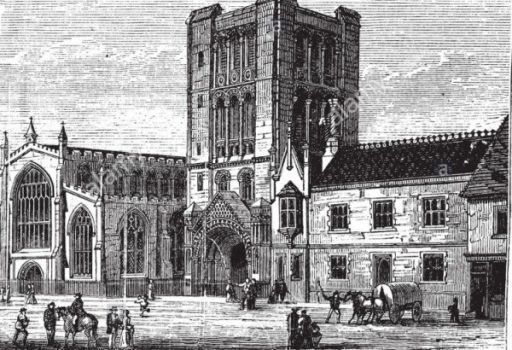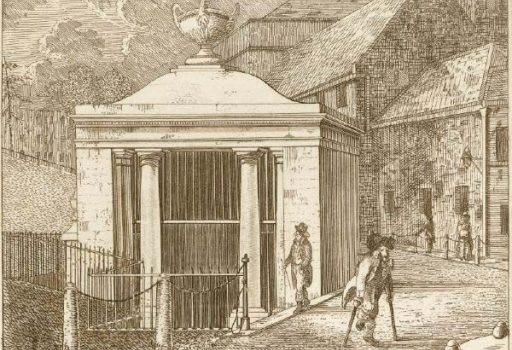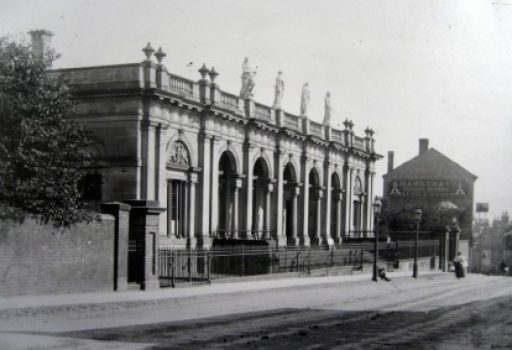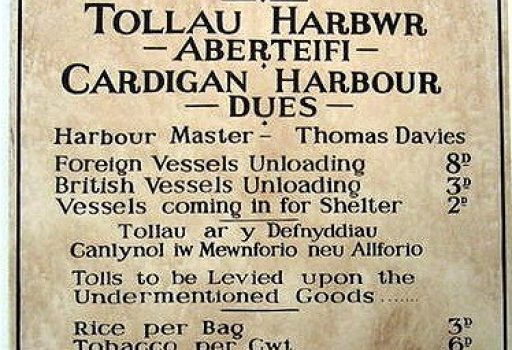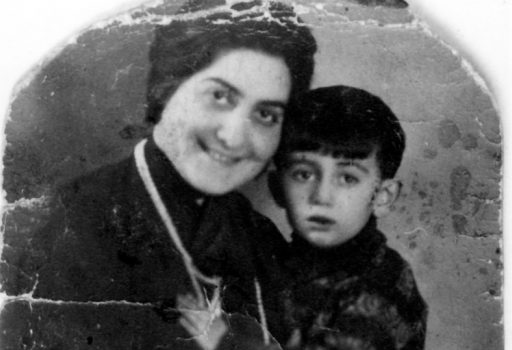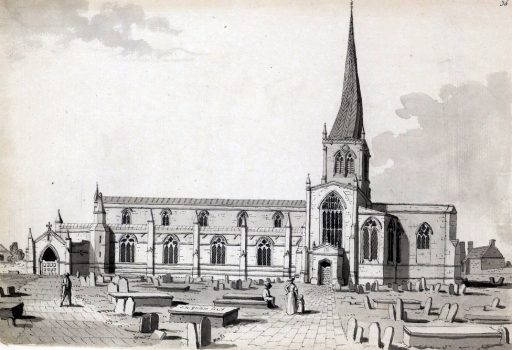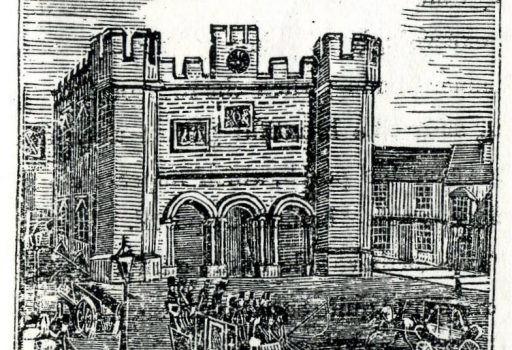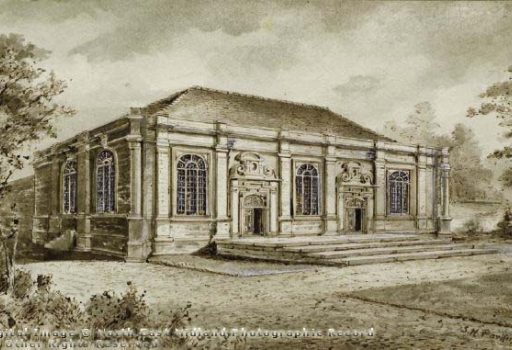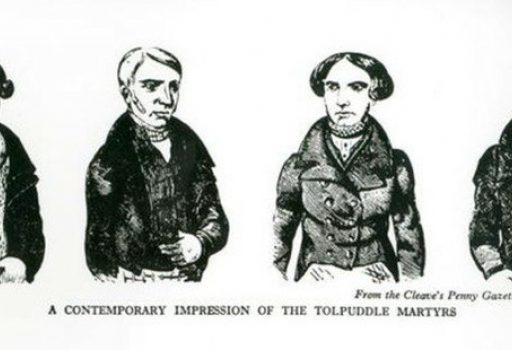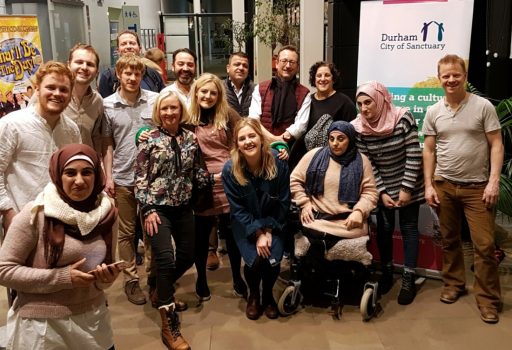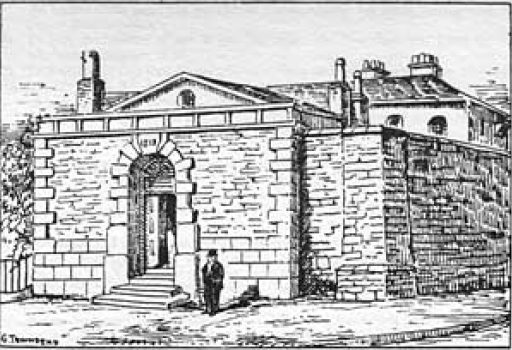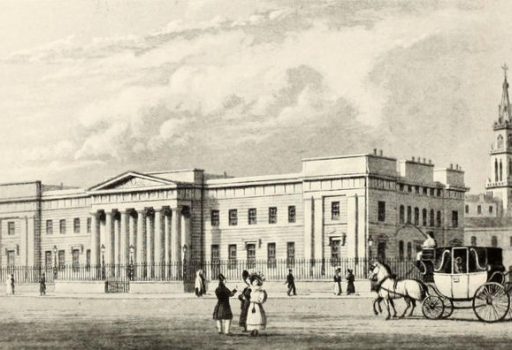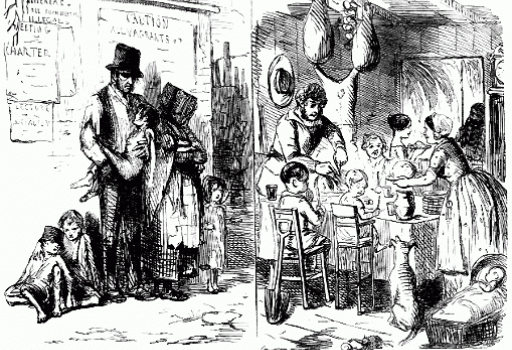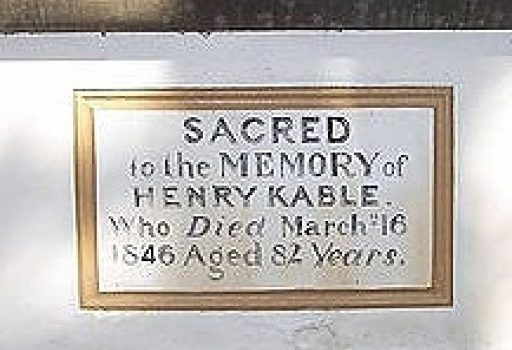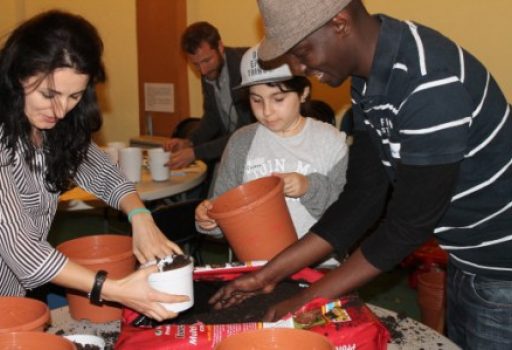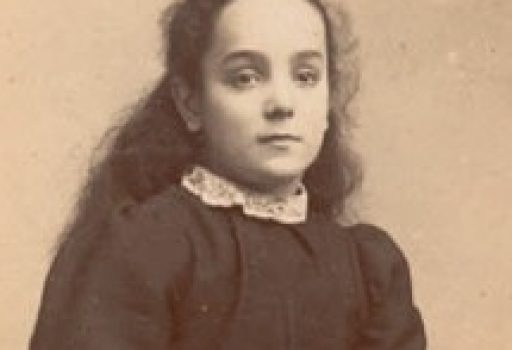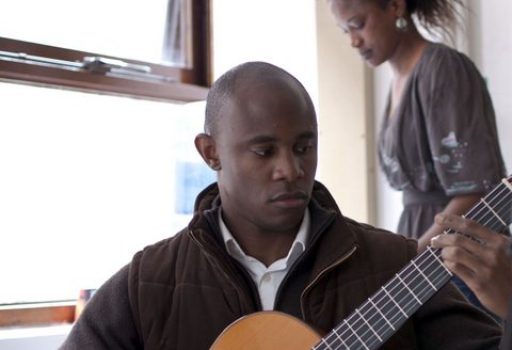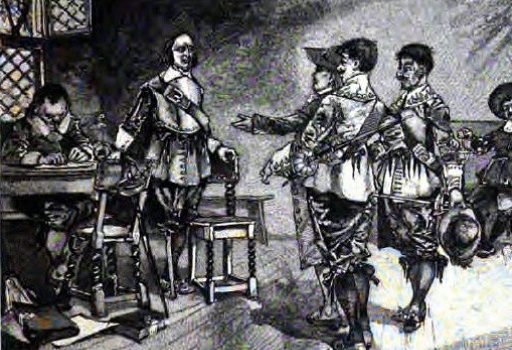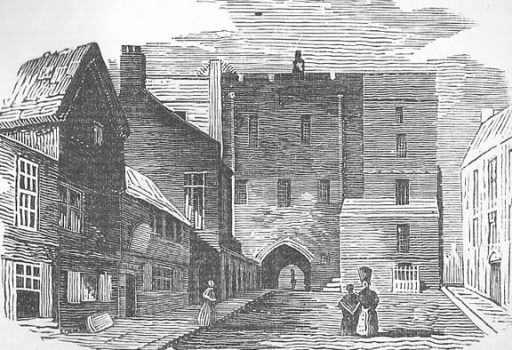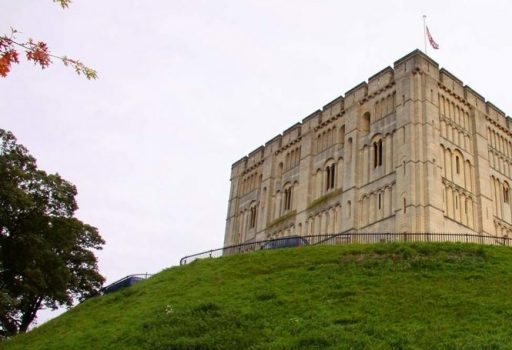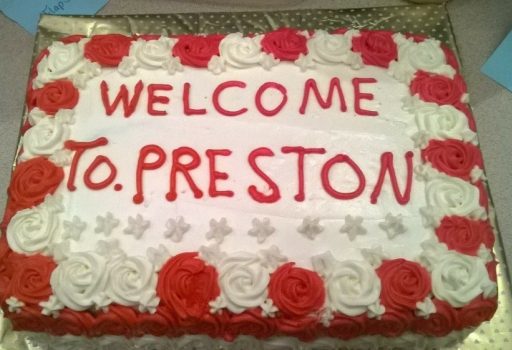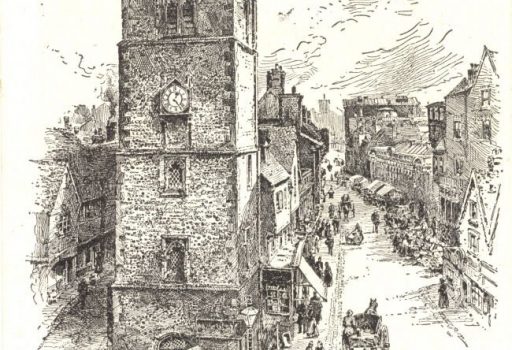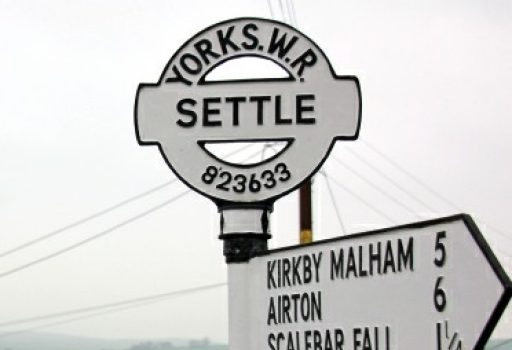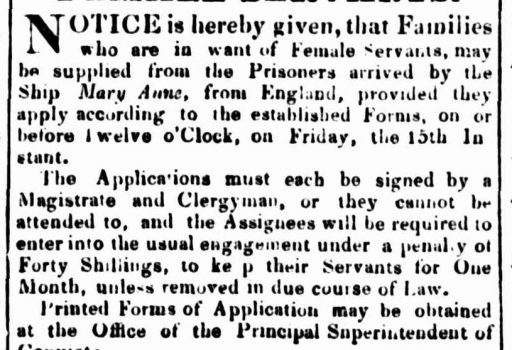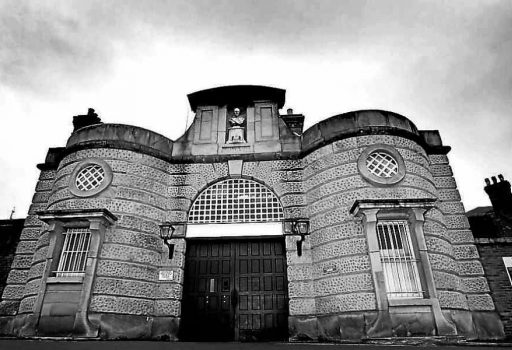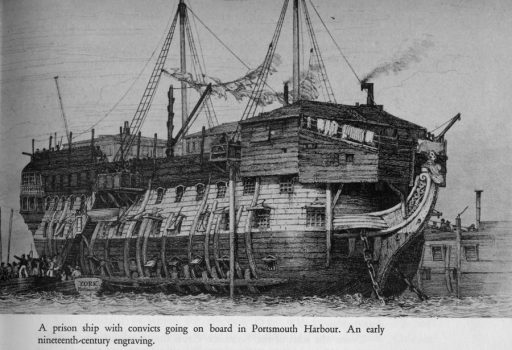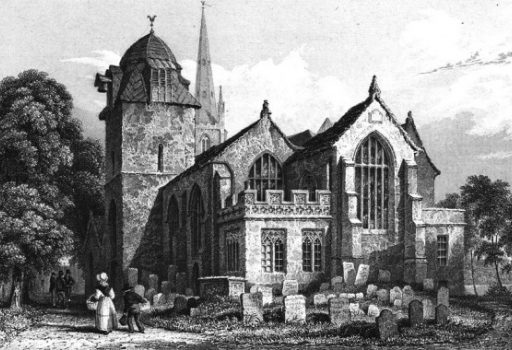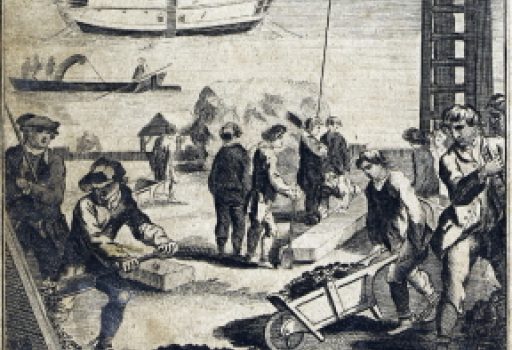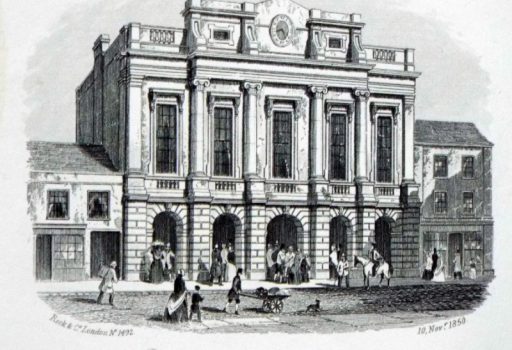We have two wonderful partners for Human Cargo at St George's, Bristol on 17th May.
Set up in 2006, Bristol Refugee Rights works to provide a place of welcome in Bristol where asylum seekers and refugees can meet and be supported to play a full part in the life of the wider community and also campaign for the human rights of refugees and asylum seekers. Bristol City of Sanctuary supports local organisations and individuals in Bristol and its surrounding areas to uphold Bristol’s long standing tradition of welcoming and providing safety for all, including people seeking sanctuary fleeing from war, violence and persecution.
SARAH TRAPNELL was a married mother of three when she appeared before the Bristol Sessions in 1800 for the theft of a handkerchief. For this small crime she received a large sentence – seven years transportation to Australia. She had to leave her children behind. They were aged six, three and several months. In Sydney, she settled with another convict, James Hanks, and they had seven daughters and a son. I learned this information from the triple granddaughter of the youngest child she left behind – Leah, who married a sailor.
The Transports tells the story of Henry Kable and Susannah Holmes, transported to New South Wales on the First Fleet in 1787. On the very ship they sailed on, the Friendship, were six convicts from Bristol. JAMES NEAL and WILLIAM FARLEY were 14 years old, convicted of stealing sugar and sentenced to seven years transportation. Neal did not fare well in the new penal colony. Soon after arrival, he was caught wandering beyond the limits and sentenced to 150 lashes; he was also forced to wear a leg iron for a year. 20 year old bricklayer THOMAS JONES had been sentenced to death for burglary, but this was commuted to 14 years transportation. 20 year old blacksmith JOHN LAMBETH died at sea on the way over. 17 year old gardener JOSEPH ELLIOT was serving seven years for stealing a tobacco pouch. The sixth Bristolian on that ship, JEREMIAH LEARY, was 19. Two years after arrival, he was convicted again of theft. He faced the frightening punishment of ‘running the Gauntlet among the Convicts’. This entailed being beaten by a line of prisoners. He survived this and lived another 17 years.
MARY ANN NEWMAN was a dressmaker in Bristol. In 1851 she was charged with shoplifting and sentenced to seven years transportation. Mary was 32 years old, four feet and eleven inches tall, with a dark complexion and brown eyes. She was also married with four children. The family travelled to Australia with her, though on separate ships. Once in the colony, they were allowed to live together.
ANN HARPER aged 15 was sentenced to 7 years transportation at Bristol in 1788 for stealing a silver jug and spoons. She sailed in 1789 on the infamous Second Fleet, in which corrupt managers so cut provisions that a high proportion of convicts died en route. Ann survived, but ended up on Norfolk Island, a brutal outpost colony some 1,000 miles from Sydney. As a single woman convict, she was soon married – in her case to convict Jacob Bellet, who’d been transported on the first Fleet in 1787. Ann lived until 1842, when she was 70. She died in Tasmania.
THOMAS AVERY was a teenage saddler and harness maker in Bristol. In 1815 he was tried for stealing several handkerchiefs. For this, he received the death sentence, reduced to 14 years transportation. Thomas was five foot, four and a quarter inches tall, with a ruddy complexion and hazel eyes. Once arrived in Australia, he married Mary Ann Crew, the daughter of convict. Together they had six children.
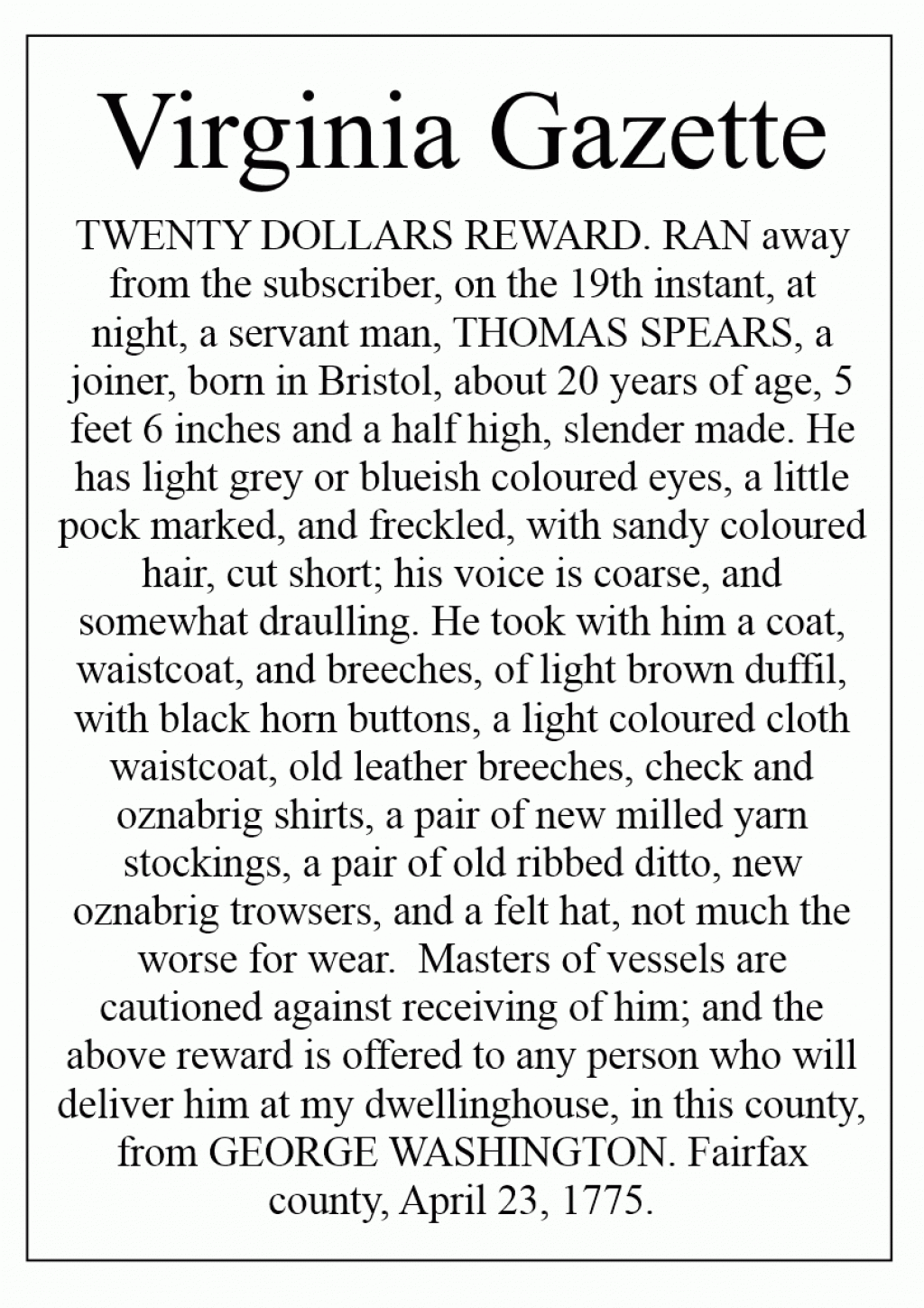
THOMAS SPEARS was a young carpenter from Bristol who sailed to America as an indentured servant. This gave him no rights for the four years of his indenture. Indeed he could be bought or sold, or discarded should he get sick. But such a prospect may still have felt better than his previous life in Bristol when he signed up. So over he came. But for one reason or another, he decided to abscond and, just as happened for runaway slaves, his master advertised a reward for his return. The reward was twenty dollars, and the master none other than George Washington.
FRANCIS GREENWAY was an eminent architect in Bristol and Bath. Only a few of his buildings remain, including the Clifton Club in Bristol and Christ Church Downend in Gloucestershire. In 1812 he pleaded guilty to forging a financial document. He’d been bankrupt for several years, turned to such desperate measures and was caught. Greenway was sentenced to death, but this was reduced to 14 years transportation. He arrived in Sydney in 1814 and soon received his first commission – to extend the house of the surgeon from his transport ship. He was clearly a persuasive fellow. This led to him designing many major buildings in the new colony, such as Hyde Park Barracks, Government House and the Macquarie Lighthouse. But again his career went off the rails. The Governor accused him of charging too much and he ended up destitute, dying of typhoid at the age of 59.
JOHN JACOBS was no typical convict. He was a gentleman, who had travelled the world. But his 1826 conviction at the Surrey Assizes in Guildford marked another sad chapter in a migrant family which had risen high and fallen low. His grandfather Lazarus Jacobs arrived in Britain from Frankfurt in Germany during the mid eighteenth century. An itinerant glass-cutter, Lazarus and his son Isaac pioneered the production of a new form of glass, known to this day as Bristol Blue Glass. They helped fund a new synagogue and became prominent among the Jewish community in Bristol. John Jacobs was Isaac’s son. He accompanied shipments of the family glass to royal households across Europe. But this travel led to his downfall, for he gathered wives abroad, marrying women in Paris and Cork as well as Paris. This crime of bigamy earned him a sentence of seven years transportation. Meantime his father Isaac had fallen, via bankruptcy, from a freeman of Bristol earning £20,000 a year to an impoverished beggar. By the time Isaac died in 1835, his son John had served his term in Tasmania and been granted his free certificate. Meantime, back in Britain, John’s sister Matilda married Abraham Alexander, who became Bristol’s first Jewish town councillor.
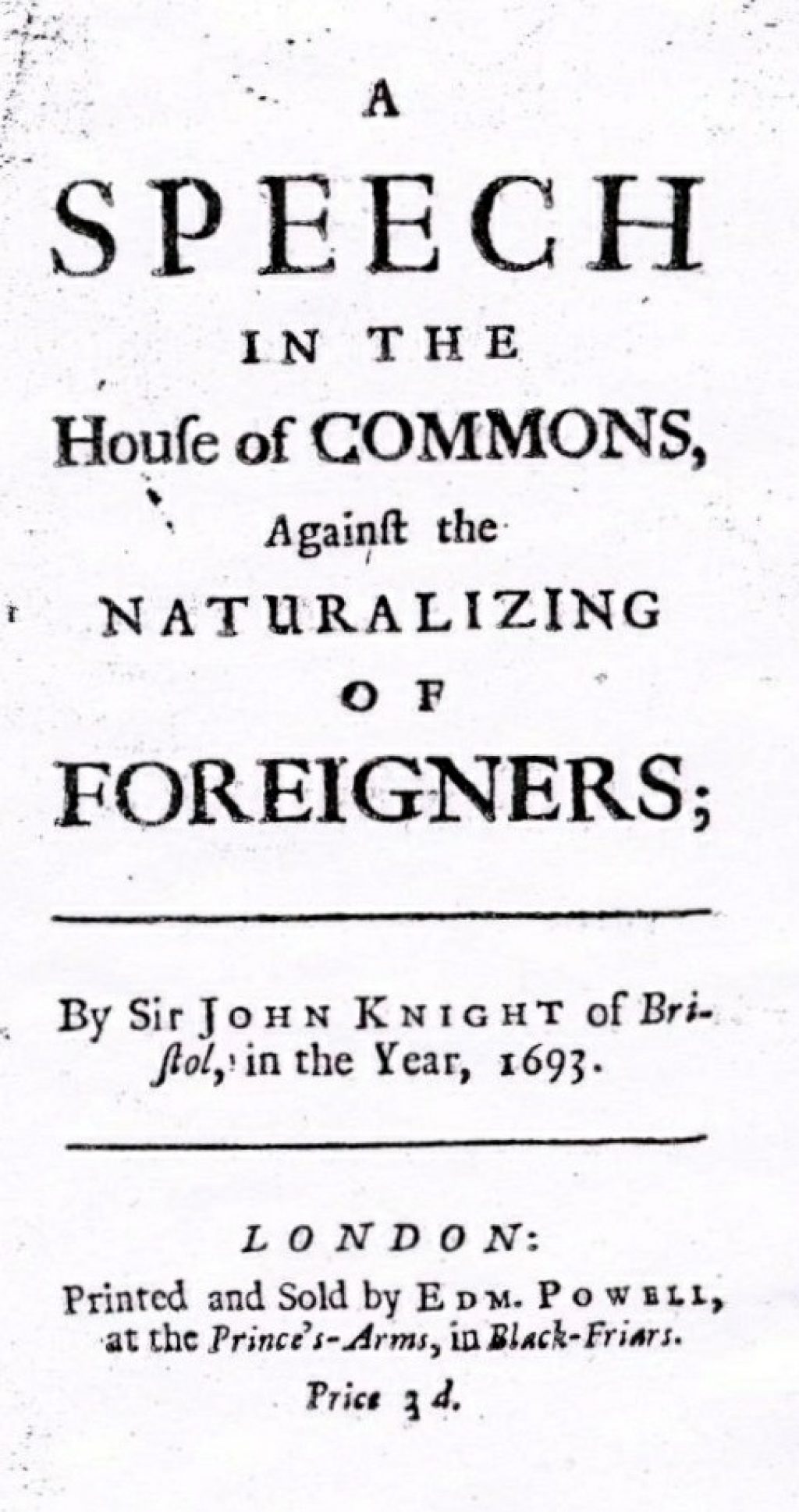
SIR JOHN KNIGHT was a Bristol merchant who became Mayor of the city in 1690 and MP for the city in 1691. He’s most famous for a speech he gave in the Commons, published widely under the name. ‘Against the Naturalizing of Foreigners.’ The year was 1693. French protestant Huguenots were seeking sanctuary in Britain. Knight was a Farage of his time. He exclaimed, ‘Let us first kick all foreigners out of the kingdom.’ He was proud of his own city’s attitude to immigrants. ‘If other corporations and shires would take the like care as Bristol, they might be happy in their representatives; and then, and never till then, may we hope to see poor England become Old England again, rich and happy at home, glorious and renowned abroad.’ Ironically, as with many members today of far right parties, he was equally embroiled in plots and conspiracy. In his case, as a Jacobite, seeking to assassinate the King and reinstate the Scottish line with French help – the very French authorities who were persecuting the Huguenots. Though Knight escaped conviction, he never served publicly in Bristol again. He retired to Somerset.
